Hi, I’m about to put 2×6 tongue and groove (t&g) western red cedar down on my back porch. The 4×8 joists run perpendicular to the house so the t&g would need to run parallel to the house. The porch is mostly covered with the last 2 feet of decking exposed. My question is will there be a problem with rotting of the boards since they are run parallel and not perpendicular? Would it make a difference in this case to have the tongue up or downslope? I’ve read that the t&g boards should be perpendicular to the house for better drainage. The porch is sloped away from the house about 1/4″ per foot. I plan on staining or waterproofing the t&g before installation as well. I could install blocking and run t&g perpendicular but rather not. Thanks for help!
Discussion Forum
Discussion Forum
Up Next
Video Shorts
Highlights
Fine Homebuilding Magazine
- Home Group
- Antique Trader
- Arts & Crafts Homes
- Bank Note Reporter
- Cabin Life
- Cuisine at Home
- Fine Gardening
- Fine Woodworking
- Green Building Advisor
- Garden Gate
- Horticulture
- Keep Craft Alive
- Log Home Living
- Military Trader/Vehicles
- Numismatic News
- Numismaster
- Old Cars Weekly
- Old House Journal
- Period Homes
- Popular Woodworking
- Script
- ShopNotes
- Sports Collectors Digest
- Threads
- Timber Home Living
- Traditional Building
- Woodsmith
- World Coin News
- Writer's Digest
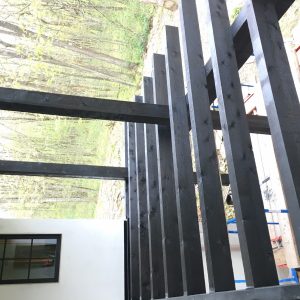
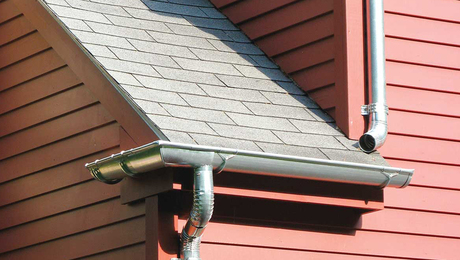
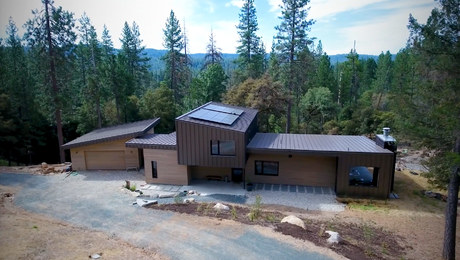
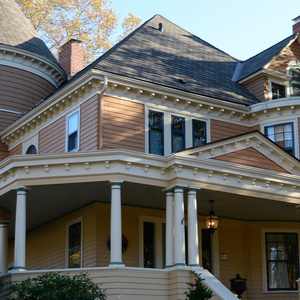
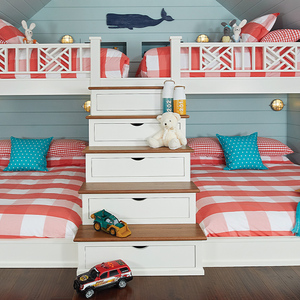
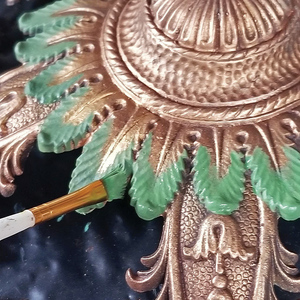








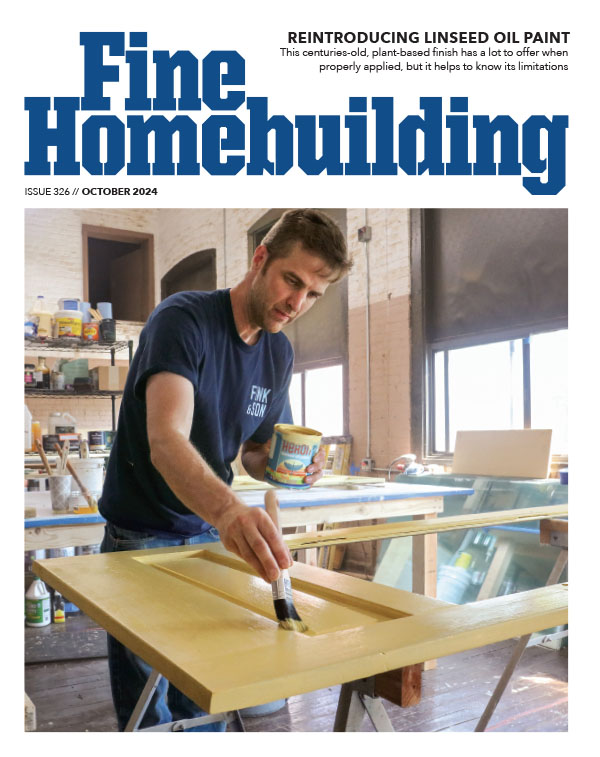





Replies
With T&G they really should be installed perpendicular to the house. I’ve had a few projects in the past where we’ve had to patch/repair T&G floors running parallel to the house. What I did to keep water from causing future damage was to flood the deck with a hose to determine puddling spots. If the deck is pitched 1/4 per foot it will only puddle in a few locations. Once I determine puddling areas I find the lowest point of the puddling area using a straight edge. Once that is determined I drill a 1/2” hole on underside of deck being careful not to drill all the way to through to the top side of the decking. This creates a series of weep holes and puddling stops. T&G looks nice, but the downside is it will trap water within the joint (even being perpendicular to the house). It’s important to do everything you can to help the boards dry out after rains, puddling is the killer. Being elevated and mostly covered will help a lot. Again, not really the preferred method in my opinion, but the decking can last a long time if it can dry out quickly. I don’t believe the orientation of having tongue or the groove side facing the home makes a difference.
Thanks for the reply. Good idea about flooding with a hose. I'm still not sure what route I want to take here. Might just run them parallel and edge seal all boards prior to installation or potentially just rip all the tongues off and gap the boards like a conventional deck. Was planning on putting Grace Vycor deck membrane over every floor joist as well so at least the main structure will be protected.
Sealing edges will help. You may be able to run it perpendicular quite easily actually w/out too much work. 2x6 tongue and groove will span quite far. On post and beam construction we’ve had 2x6 pine T&G spec’d at 6’ OC span between purlins or rafters. You might be able run one or two rows of blocking between your joists and it will support decking just fine. Confirm the span with the manufacturer or check the industry standards for red cedar, but you might get away with 3’ or 4’ OC for blocking span. With T&G the decking performs a lot differently and can span further vs lumber w/ no groove. I think that would be easier and quicker than ripping T&G off, would look nice too. Just make sure to use stainless nails/screws for the blocking, so you know they’ll last forever. The rows of blocking will help distribute load and keep joists from warping as well.